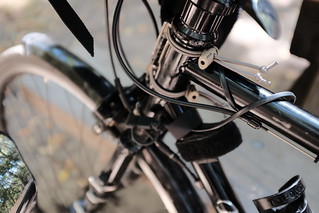I published my database of pressure cooking times.
A couple years ago I scraped all of the pressure cooking time tables from Hip Pressure Cooking into CSV files for storage in my exocortex. For things I cook regularly, I keep my own notes on preferred times, water ratios, etc. But when cooking something new, I find that having an easily greppable, offline database of guidelines is invaluable. Today I moved the CSV files out of my private notes annex and published them as their own git repository.






